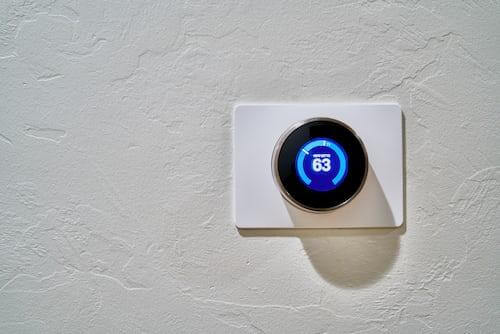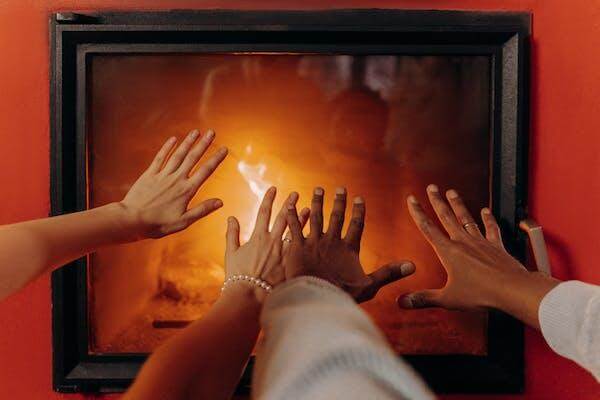The furnace is one of the most valuable appliances in your home. It keeps you warm during the winter, rids your home of dust, and removes unwanted allergens from indoor air. Because of that, you may be looking for tips to make your furnace last longer. Here are some ideas:
Don’t Ignore Warning Signs
If your furnace is making strange noises, producing strange odors, keeps turning on and off repeatedly, or the thermostat isn’t working, call a professional right away. These are all signs that something might be wrong with your furnace and could cost you money and time later on if not addressed by a technician soon enough.
Get Routine Maintenance on Your Furnace
Even when your furnace doesn’t have any issues, routine care is important because it gives the unit extra life. Preventative maintenance nips small problems in the bud; it gives the heating service provider a chance to diagnose and fix small problems before they become too big to handle. This can save you money and time, as well as help you avoid constant headaches. More importantly, it keeps your unit running efficiently for years.
How often should you get furnace maintenance?
The answer to this question depends on your budget, the age of your furnace, and how often you use it. If you live in an environment that requires you to keep your furnace running for many hours, you may need to schedule maintenance at least twice per year. If you don’t heat your house regularly, it’s best to have your furnace checked every year or two.
Remove Dust and Debris from the Furnace
Dust can be a major problem for your furnace. It can clog vents and cause overheating, which will shorten its lifespan. If you notice that your air conditioner is running too hot, check to see if there’s any debris in the system.
Invest in a Smart Thermostat

Smart thermostats are programmable, wifi-enabled devices you can control remotely from your phone or tablet. They’re also compatible with most heating systems, so you don’t need to worry about buying one for your furnace. The best thing about these thermostats is that they trigger heating according to occupancy patterns, which means reduced heating work and longer life.
If you want the best possible experience from your smart thermostat, consider investing in those with support for Siri voice commands.
Keep the Area Around Your Unit Clutter-Free
When there are obstructions near the vents, your furnace overworks and overheats, which increases wear and tear. There’s also the risk of fire and system malfunctions. You can avoid all these problems by keeping the area around the furnace clean and clear of obstructions.
Add Home Insulation
Insulation can help keep your home warmer by preventing heat loss. By adding iFOAM, you reduce your utility bills, carbon footprint, and your furnace’s work. There are several types of insulation available today, including spray foam and cellulose.
Change the Furnace Filter Regularly.
You’ll need to follow manufacturers’ instructions for how often you should replace an old furnace filter, but for most units, you’ll need to do it at least thrice per year or when it’s really dirty. To check the quality of your filter, check for debris or rust build-up. If you find any of these things, it’s time for a new one.
Conclusion
The best way to keep your furnace running for years is by doing routine maintenance. So, don’t wait until there’s a problem! Check the filters and change them regularly, get an annual tune-up on your heating system, and add insulation if possible. In other words, reduce the work and problems for your furnace and it will last longer.

